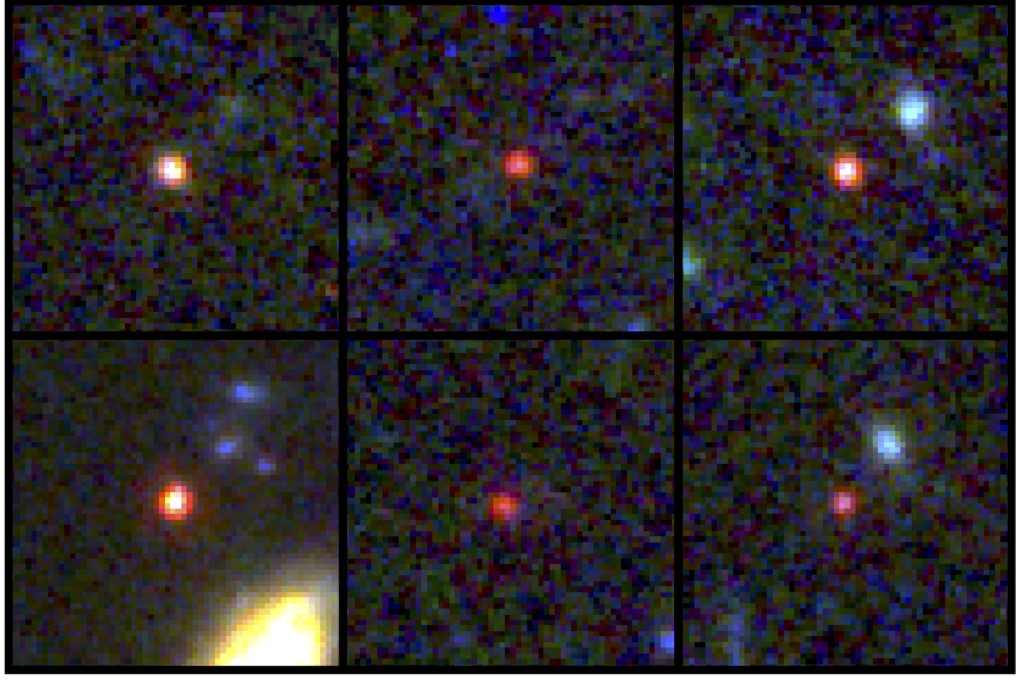Australian space telescope uncovers ‘mind-blowing monster’ galaxies near cosmic dawn
- Australia’s Swinburne University of Technology research team said they expected to find little galaxies close to the dawn of the universe, not such whoppers
- Although believed to weigh billions of times more than our sun, each galaxy is extremely compact – squeezing in as many stars as our Milky Way in a small space

Astronomers have discovered what appear to be massive galaxies dating back to within 600 million years of the Big Bang, suggesting the early universe may have had a stellar fast-track that produced these “monsters”.
While the new James Webb Space Telescope has spotted even older galaxies, dating to within a mere 300 million years of the beginning of the universe, it’s the size and maturity of these six apparent mega-galaxies that stun scientists. They reported their findings this week.
Lead researcher Ivo Labbe of Australia’s Swinburne University of Technology and his team expected to find little galaxies this close to the dawn of the universe but not these whoppers.
“While most galaxies in this era are still small and only gradually growing larger over time”, he said in an email, “there are a few monsters that fast-track to maturity. Why this is the case or how this would work is unknown”.
Each of the six objects looks to weigh billions of times more than our sun. In one of them, the total weight of all its stars may be as much as 100 billion times greater than our sun, according to the scientists, who published their findings in the journal Nature.
Yet these galaxies are believed to be extremely compact, squeezing in as many stars as our own Milky Way, but in a relatively tiny slice of space, according to Labbe.